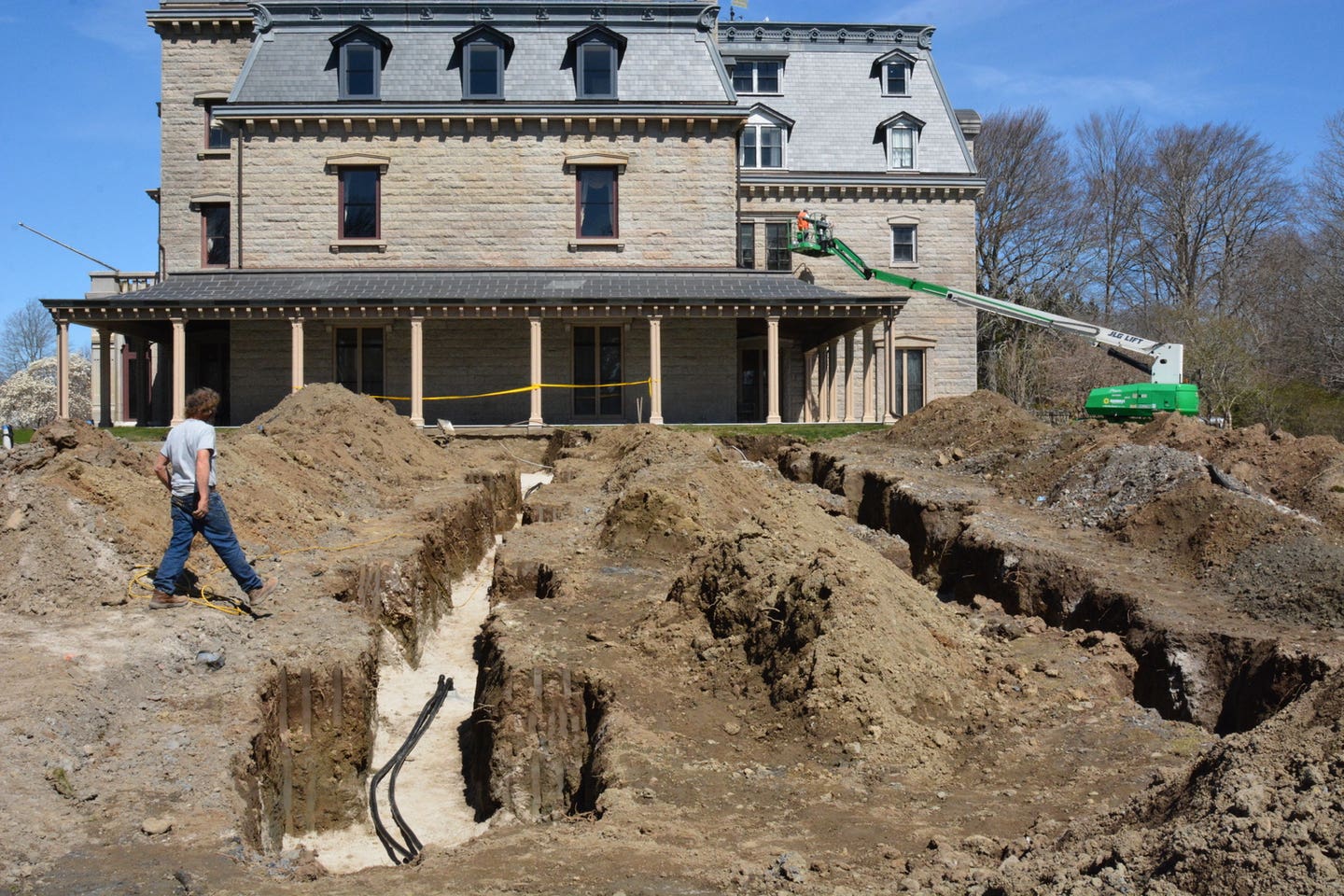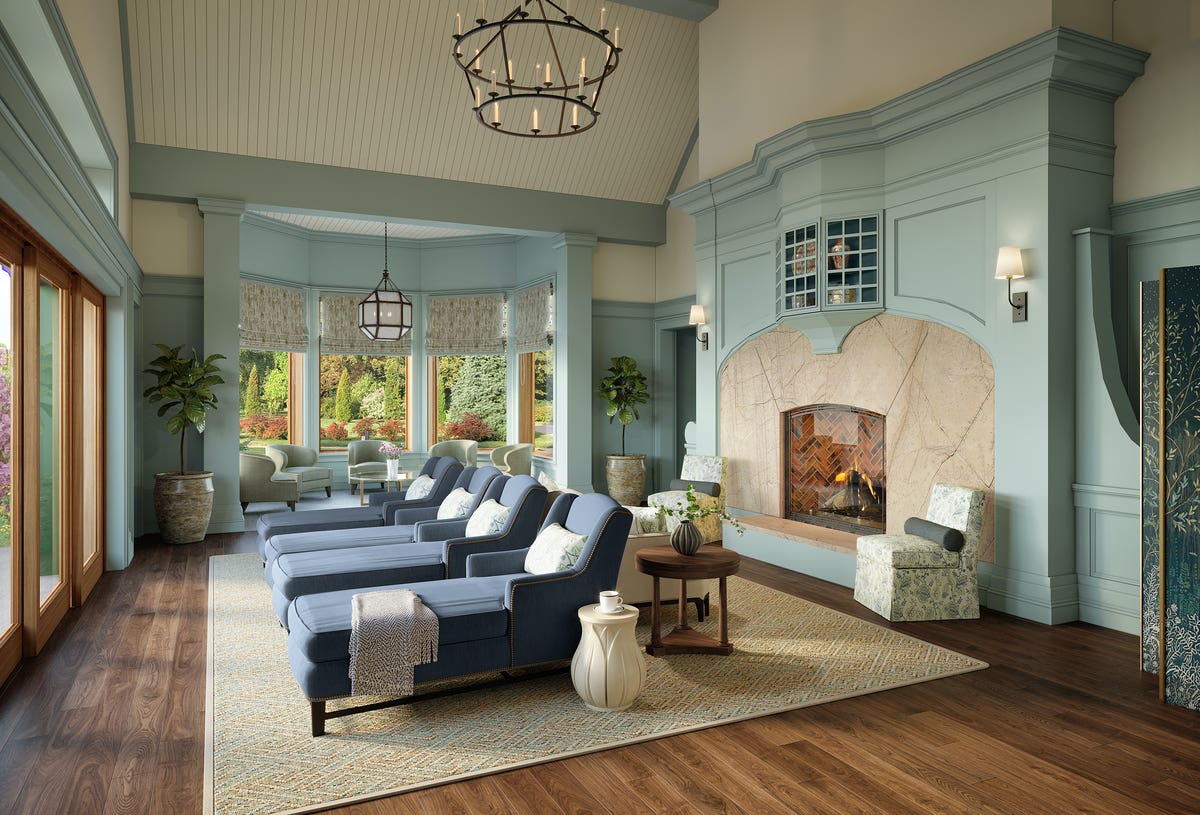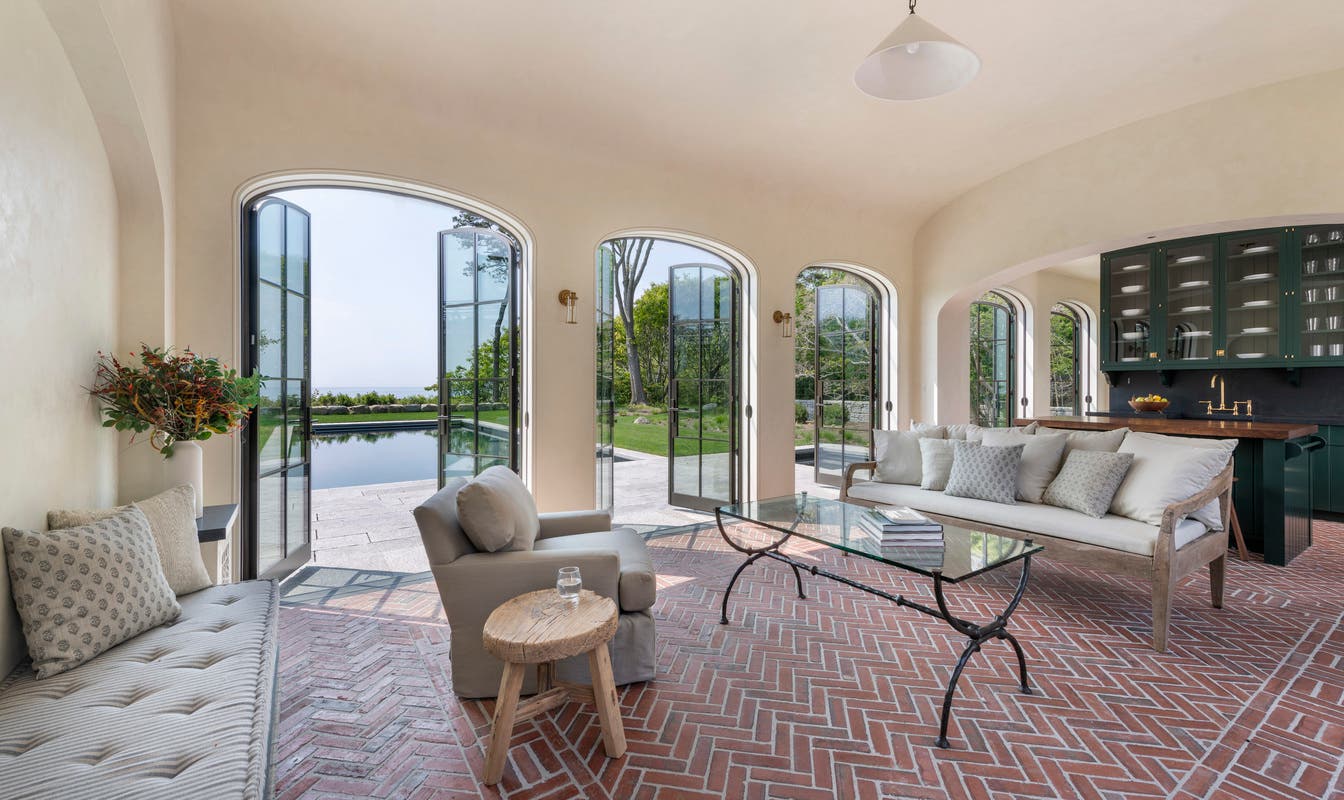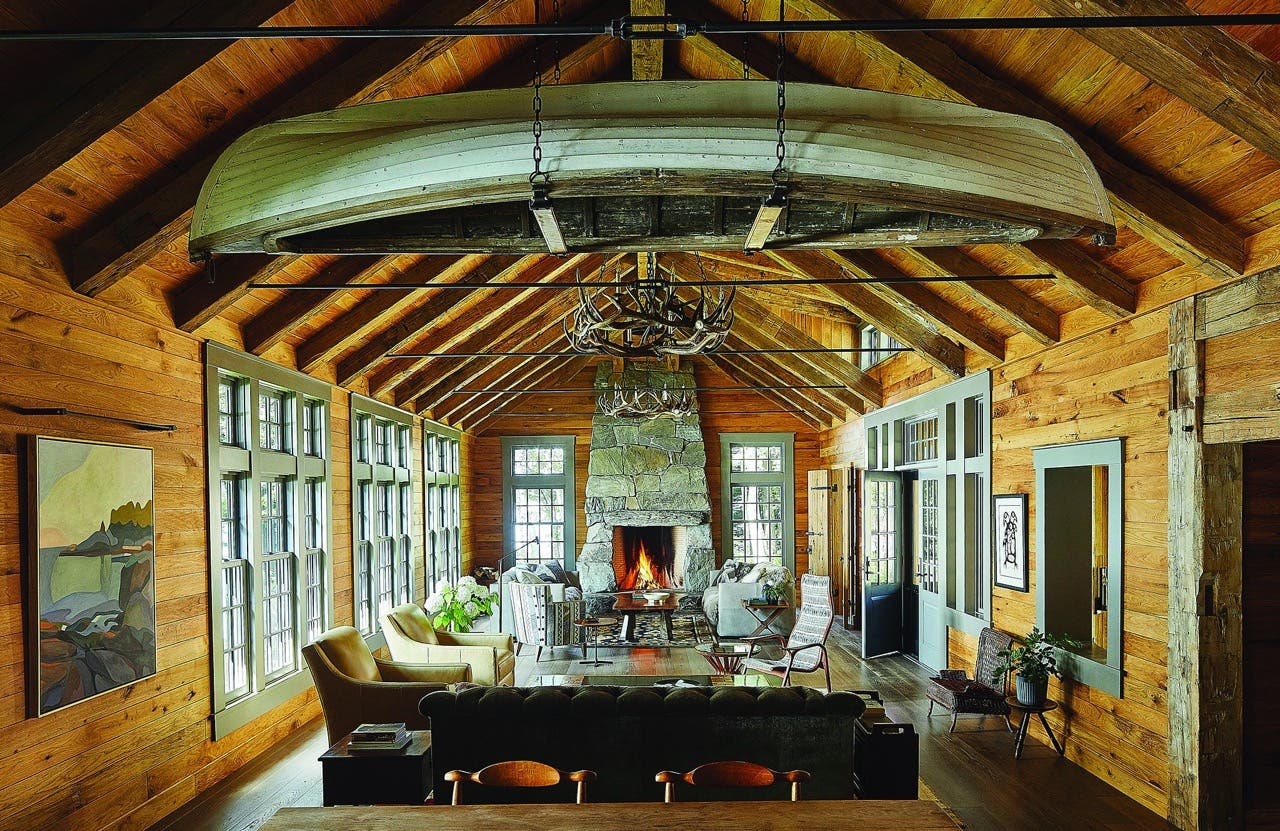
Opinions & Editorials
Millennials: The New Preservationists
Are Millennials the fastest-growing market for historic homes?
By Peter H. Miller, Hon. AIA
Marketers are obsessed with Millennials. And why not? Millennials outnumber baby boomers, are entering their acquisitive years and when finished paying off their student-loan debt, promise to ignite another housing boom.
I have two millennial children. My eldest complained to me recently, "Dad, I'm sick of reading about what my ‘consumer behavior' is supposed to be." Millennials are the most analyzed subset since their baby boomer parents. And preservationists are downright giddy about Millennials, hopeful and expectant that twenty-somethings will take up our cause to create demand for historic restoration and renovation, including adaptive use, contextual infill and neighborhood revitalization.
In older cities across the country, young professionals are inhabiting historic buildings with micro-lofts and new business start- ups, some of which are called "pop-ups" because of their virtual mobility. When we can BE anywhere we are drawn to that "somewhere" that has history, community and meaning. It also helps when a place is affordable.
Such is the case in Detroit, a bankrupt and dilapidated city that is making a comeback, in part because of its Millennials, its good architectural bones and its bargain-basement real estate. Entrepreneur and founder of Quicken Loans, Dan Gilbert, has assembled a real-estate portfolio of nine-million square feet in downtown Detroit, some for only $8 per square foot, including five buildings surrounding Capitol Park, the seat of government when Michigan became a state in 1837.
"Many of Gilbert's purchases are 20th-century architectural treasures built when Detroit served as a hub of world industry," according to the New York Times story, "Detroit, Through Rose Colored Glasses."
Gilbert and other Detroit investors following his lead believe that there is no place to go but up. "The Motor City has become the testing ground for an updated American dream: privateers finding raw material for new enterprise in the wreckage of the Rust Belt," the New York Times writes. Interesting thought, historic buildings as raw material. Think of the job growth sparked by the availability of this raw material, like logs to lumbermen.
Even so, the story continues, "of Detroit's 380,000 properties, 114 have been razed. Since 2000, Wayne County, Michigan has held one of the world's largest real estate auctions, offering 20,000 properties a year that were acquired through foreclosure, five percent of Detroit's housing stock. In 2013, 2,300 bidders took possession of 10,500 of these properties with a dozen buyers each scooping up more than 100 houses."
Who is buying or renting these houses from these speculators? You guessed it: Millennials, one of the fastest growing groups in Detroit. For Millennials, price matters. But so does historic architecture... and good food. This was the conclusion of a new survey called "The State of the City Experience," conducted by Sasaki, an architecture, urban planning and landscape architecture firm in Watertown, MA. Sasaki partnered with Equation Research to poll 1,000 city dwellers in six different big cities. The survey asks what people like and don't like about their built environment in four key areas: architecture; activities; parks and open space; and transportation.
"Two primary characteristics attract people to historic buildings," according to the Sasaki research:
- When people identify a building as historic, it is well made and full of interesting details.
- It often has a story behind it. Who wouldn't be captivated by the building, however humble, in which Thoreau wrote Walden?
Thirty-six percent of this survey's respondents think a building's history makes it iconic and thirty percent think "great architecture" makes a building important. Fifty-four percent want their city to invest in renovating existing historic buildings to retain character while making them more useable. Thirty percent want their city to invest in more flexible uses that support pop ups and community events. Fifty-seven per cent stop to admire historic buildings.
My own kids assure me that good architectural bones rank closely behind good barbecue as their city's best asset. This Millennial priority is confirmed by the research: eighty-two percent want their built environment to offer good food. "Recognizing the powerful draw of food, cities should plan and design accordingly," says Sasaki. "There are myriad ways in which we can incorporate food into our cities, from traditional restaurants and waterfront patios to food trucks and carts. We can activate streets by accommodating the mobile food scene."
This is true in Detroit where historic building corridors are becoming new retail destinations with trendy coffee shops; farm-to-table restaurants, bars and outdoor spaces with public art. After all, shopping and eating are America's favorite outdoor activities.
If we can't get people to stop and admire our historic buildings, at least we can entice them to stop and eat in our historic buildings. This is especially true with Millennials who are as interested in the making and delivery of food as they are in eating it. Many of the innovative start-ups in historic neighborhoods are microbreweries, organic bakeries and farmers markets. With a penchant for collaboration and snap-chatty mobile devices, these twenty-somethings know how to reach out, touch somebody and make a market.
Business incubators are popping up in once blighted city neighborhoods, often housed in once vacant historic warehouses, outmoded department stores and industrial buildings. In Detroit's Corktown, Phillip Cooley's Ponyride offers workspace to 25 small companies, including a nonprofit that makes jackets for homeless people. The jackets transform into sleeping bags. This business, started by a 21-year-old graduate of the College for Creative Studies is Ponyride's anchor tenant. She is sewing adaptive use jackets in an adaptive use warehouse.
Like food, waterfronts are a popular destination for urbanites. According to the Sasaki research, forty-seven percent of respondents say, "waterfronts are my favorite open space." My kids and I can vouch for this too: the recent completion of a waterfront park near where we live in Georgetown, Washington, DC, has spiked tourism and pedestrian activity along the Potomac River in plain view of former tobacco warehouses and flour mills, which are now offices, condos and retail spaces.
Adjacent to many of the historic industrial buildings adapted for new uses are infill buildings. These two building types, adaptive use and infill, can keep preservationists busy well into the next century. Because people want to live in cities and nearby in neighborhoods, these vacant lots and buildings are, increasingly, economically viable. The trick is to do it right.
A bad infill building in a historic neighborhood is like wearing a yellow Nehru suit at a black tie party. Abstract architectural concepts often result in ugly buildings that don't respect their surroundings or uplift their users. The research cited here suggests that young people, even those with limited knowledge of architecture, want beautiful buildings that have meaning or a "story." They can't always articulate what they like, or don't like, about architecture, but they stop to admire well-made buildings with interesting details. They shake their heads in befuddlement about the bad buildings, which, like the guy in the ugly yellow suit, shout, "look at me, I'm different." Different, but not polite and probably not understood.
The comeback of cities has been well documented in this magazine, in our sibling magazine Traditional Building, and in other periodicals that cover architecture and urbanism. Our company's Traditional Building Conference Series theme, "Creative Crossroads: Makers, Innovators and Tradition," speaks to what is happening in Detroit and older cities across the country. Our response to this market demand should be our continued advocacy for sensitive, adaptive use and contextual infill.
There are those who claim historic preservation is not in fashion with Millennials, that modernity is trending and that traditional building guidelines impinge on our individualism. I don't think their reading list extends beyond the modern furniture catalogs. And in an effort to woo younger generations, the preservation movement fixates on mid- century Modernism, very important, but not the whole city skyline.
There is a conservation ethic expressed in cities like Detroit by young people who like things with adaptive uses, multiple uses and unused vacant lots. There is a financial incentive for people and start- up businesses to revitalize affordable places. There is a human need for community and among Millennials, multi-cultural communities. People are sick of their cars, the high price of gas and lack of parking. Most of all, people, including those under 50-years old, like 50- to 150-year-old buildings.
We have an encouraging future, if we get it right, for urbanism, traditional building and period architecture. Millennials, the next big market for historic homes, will want to live and work in historic buildings because of where they are, in older cities and in neighborhoods with good food.
_______________________________________________________________________________________
Peter H. Miller, Hon. AIA, is vice president and publisher of Active Interest Media's Traditional Building, Period Homes, Old House Journal and New Old House magazines and producer of the Traditional Building Conference Series.







